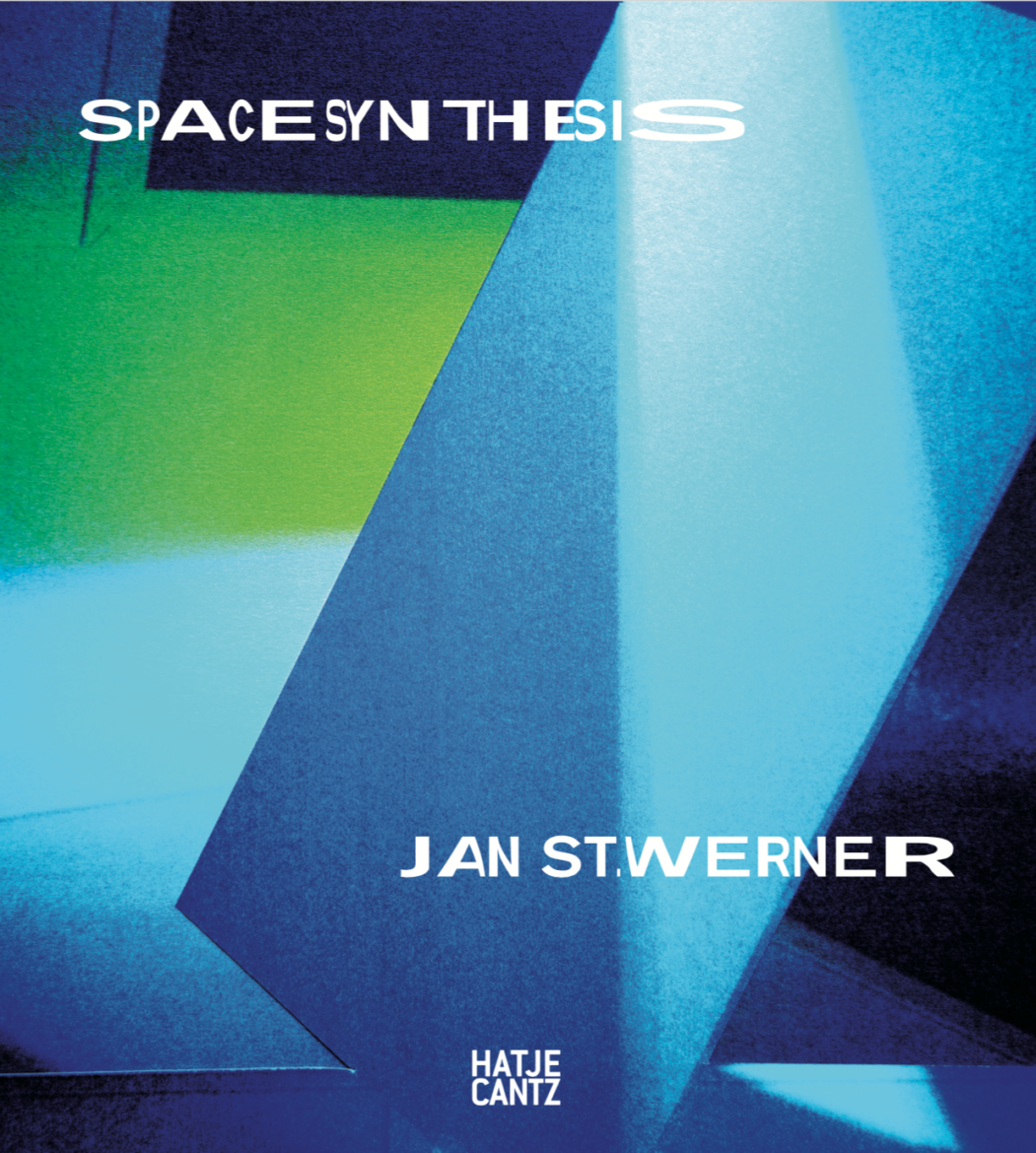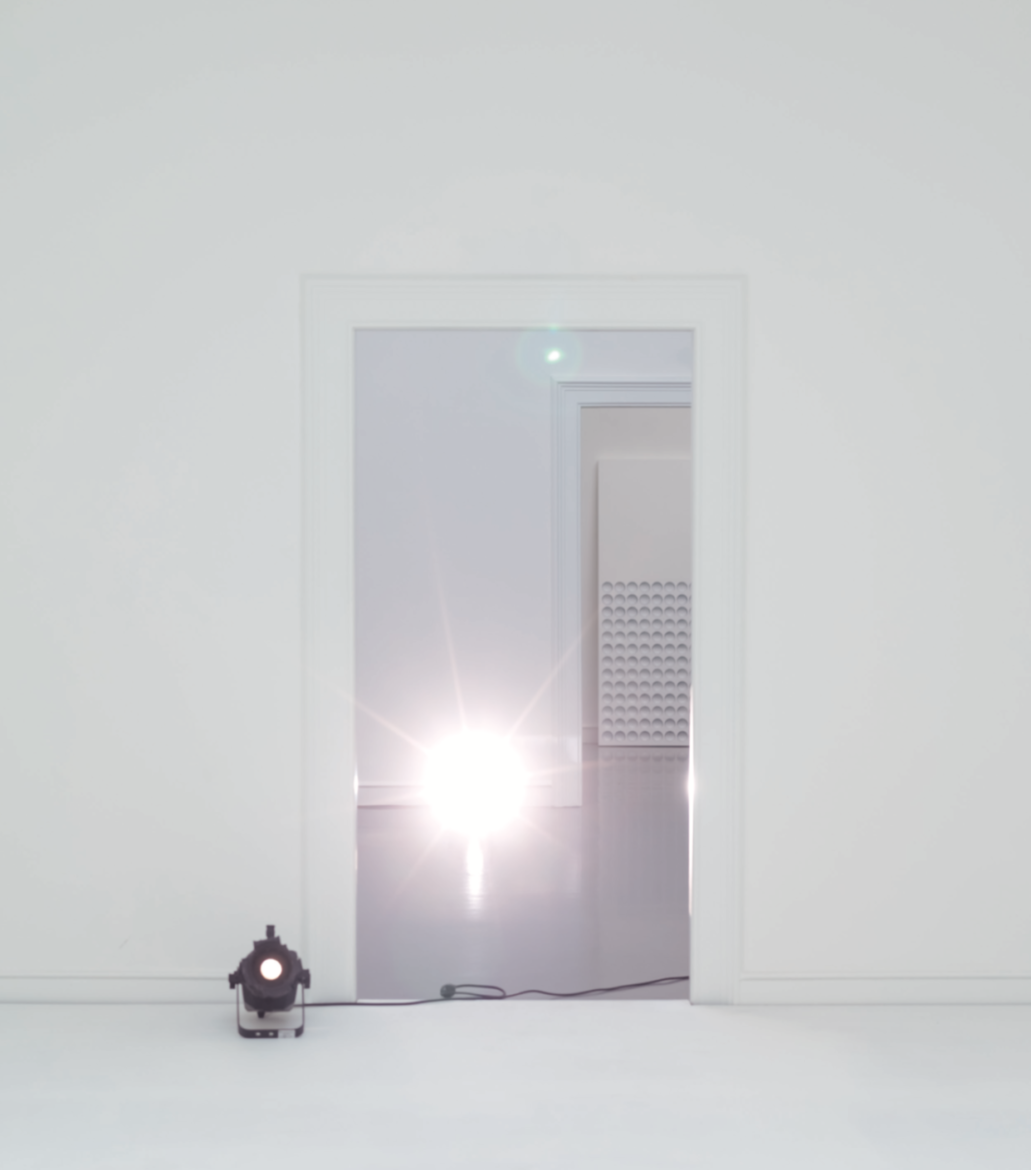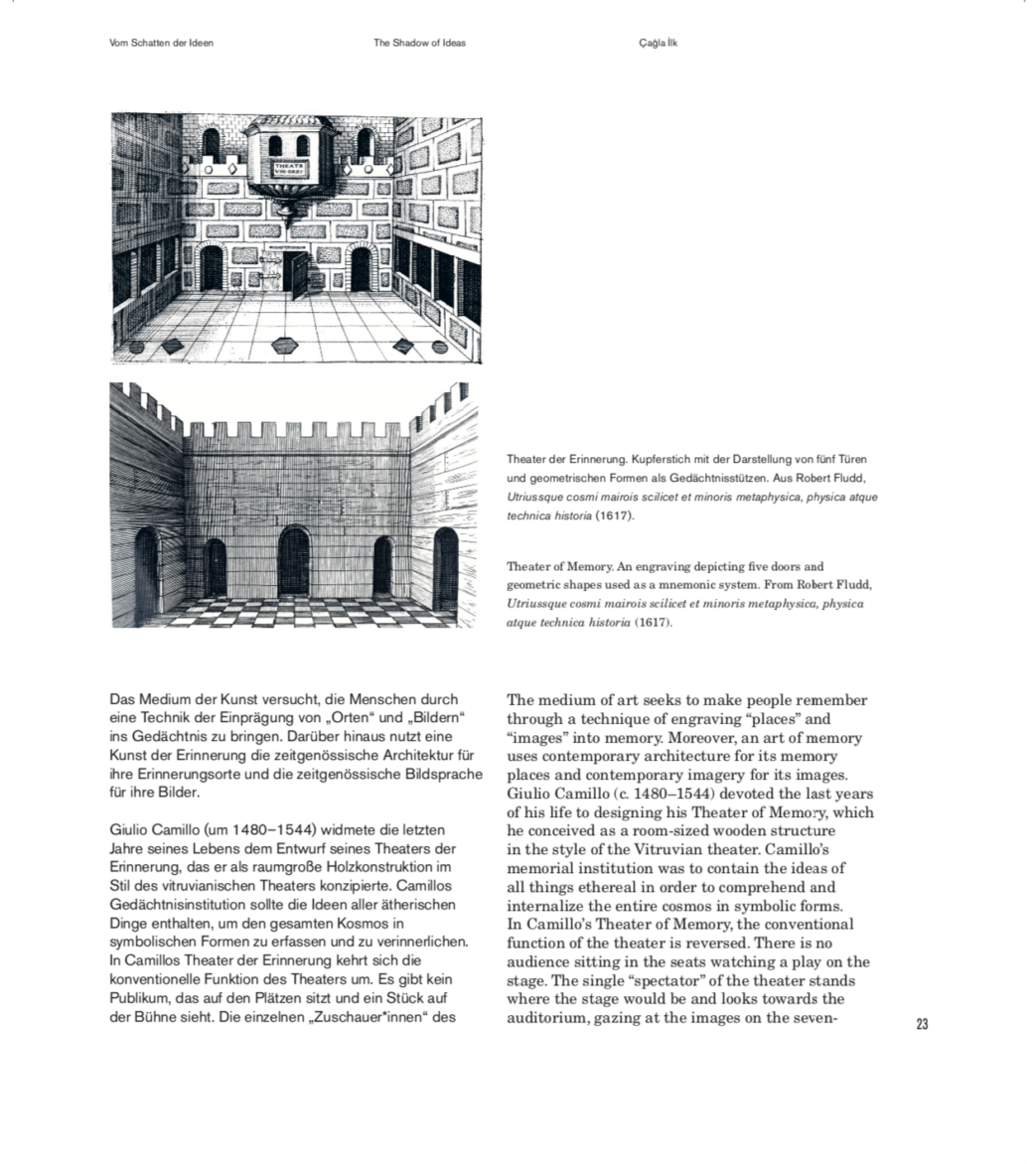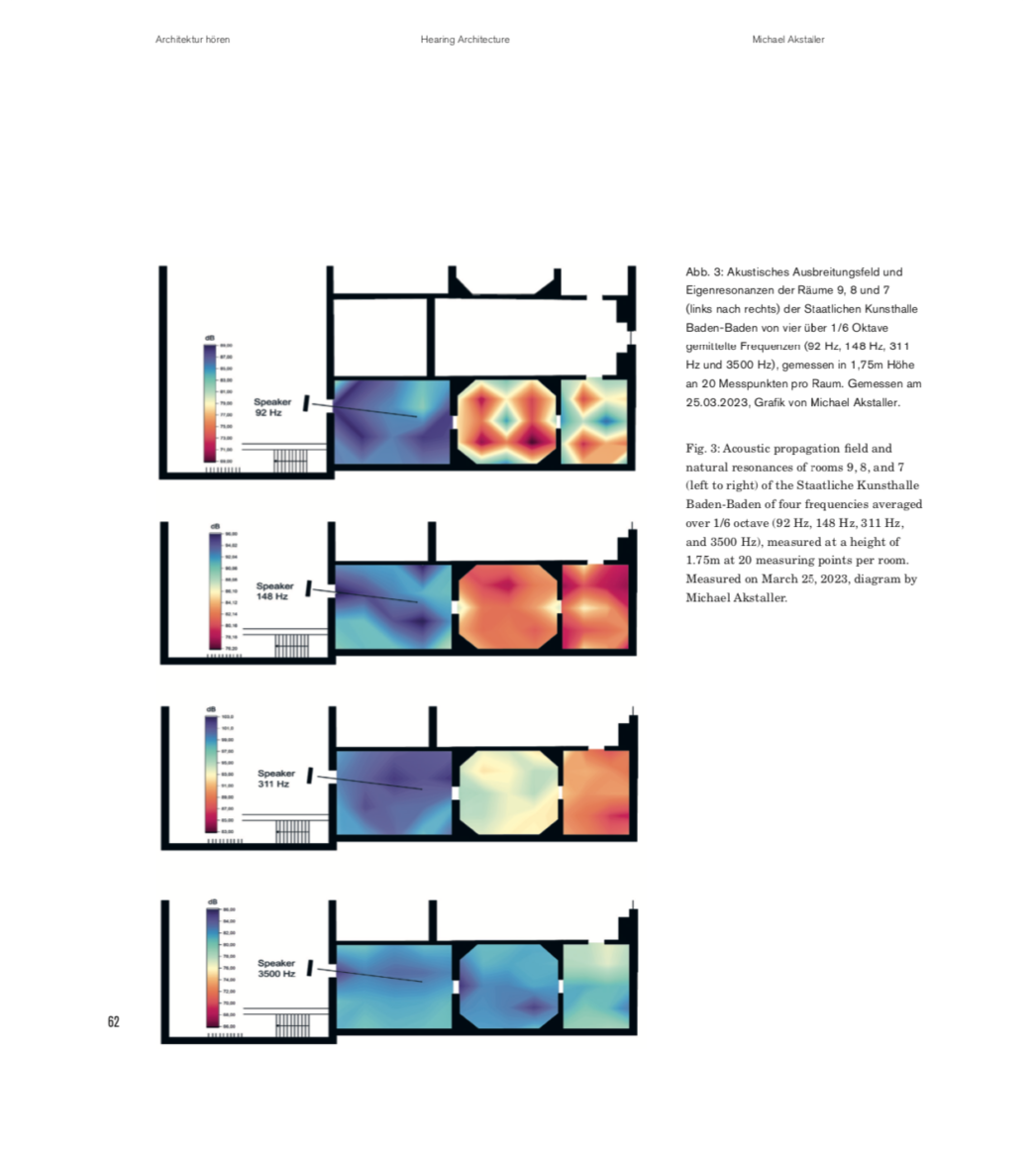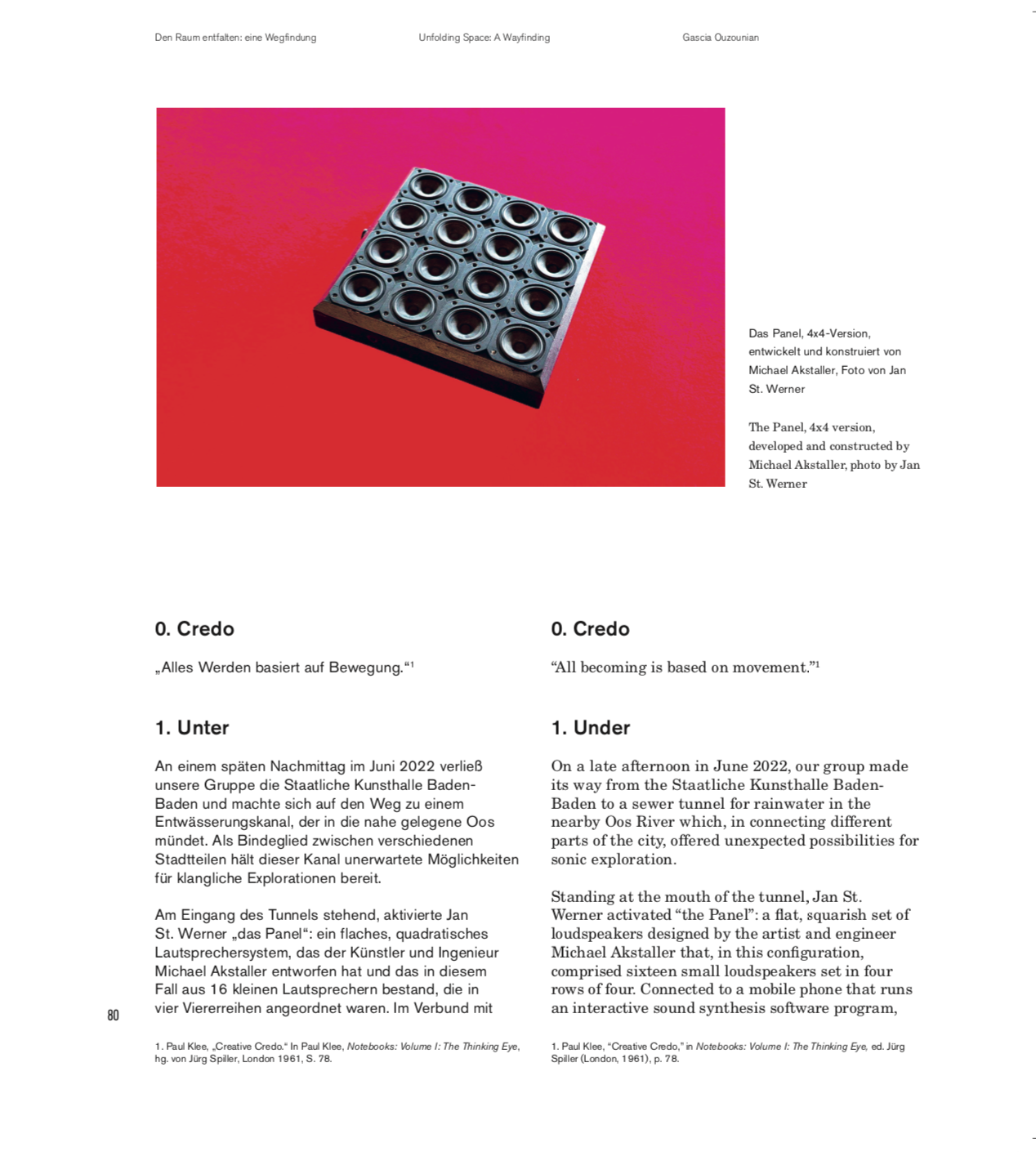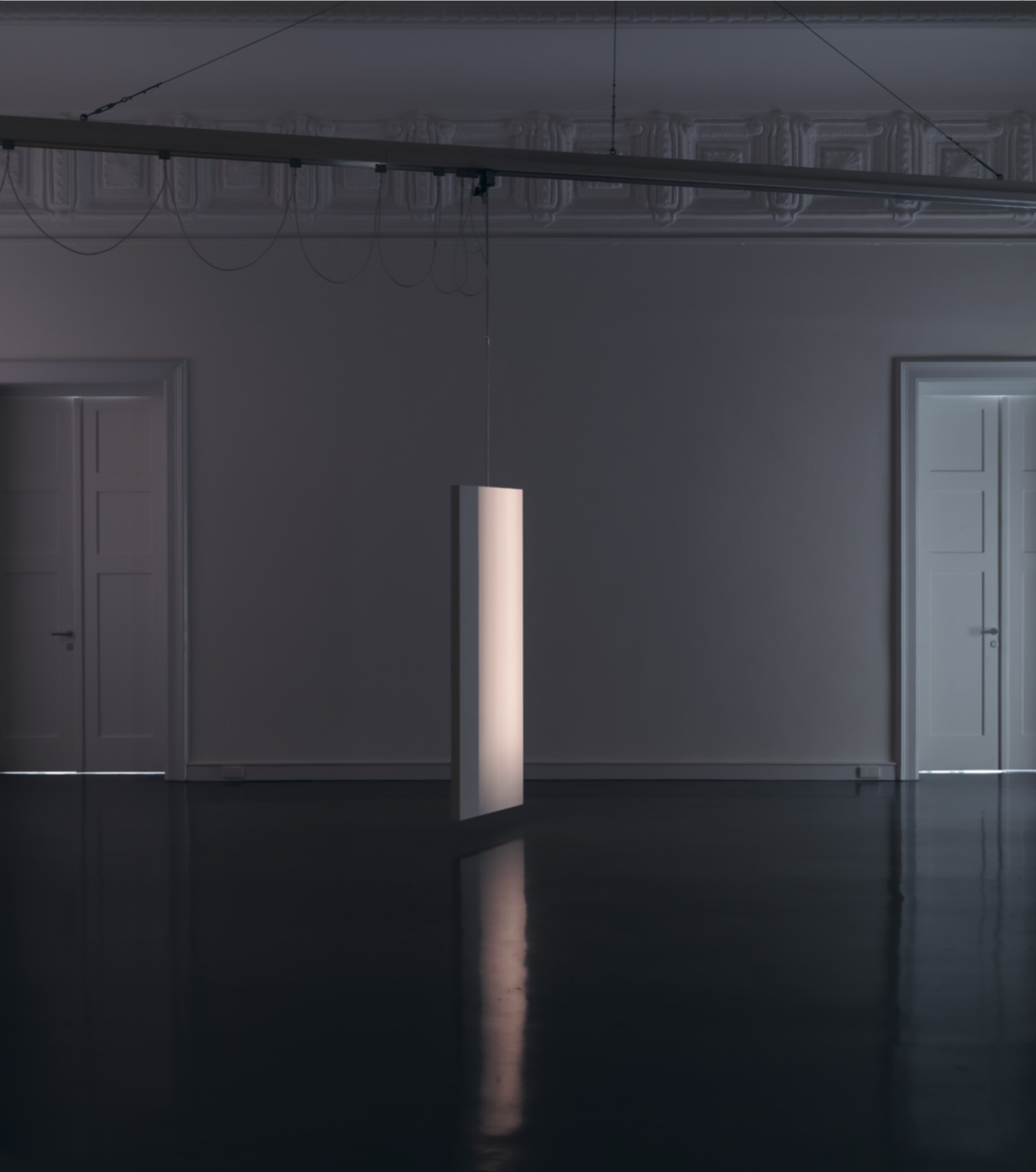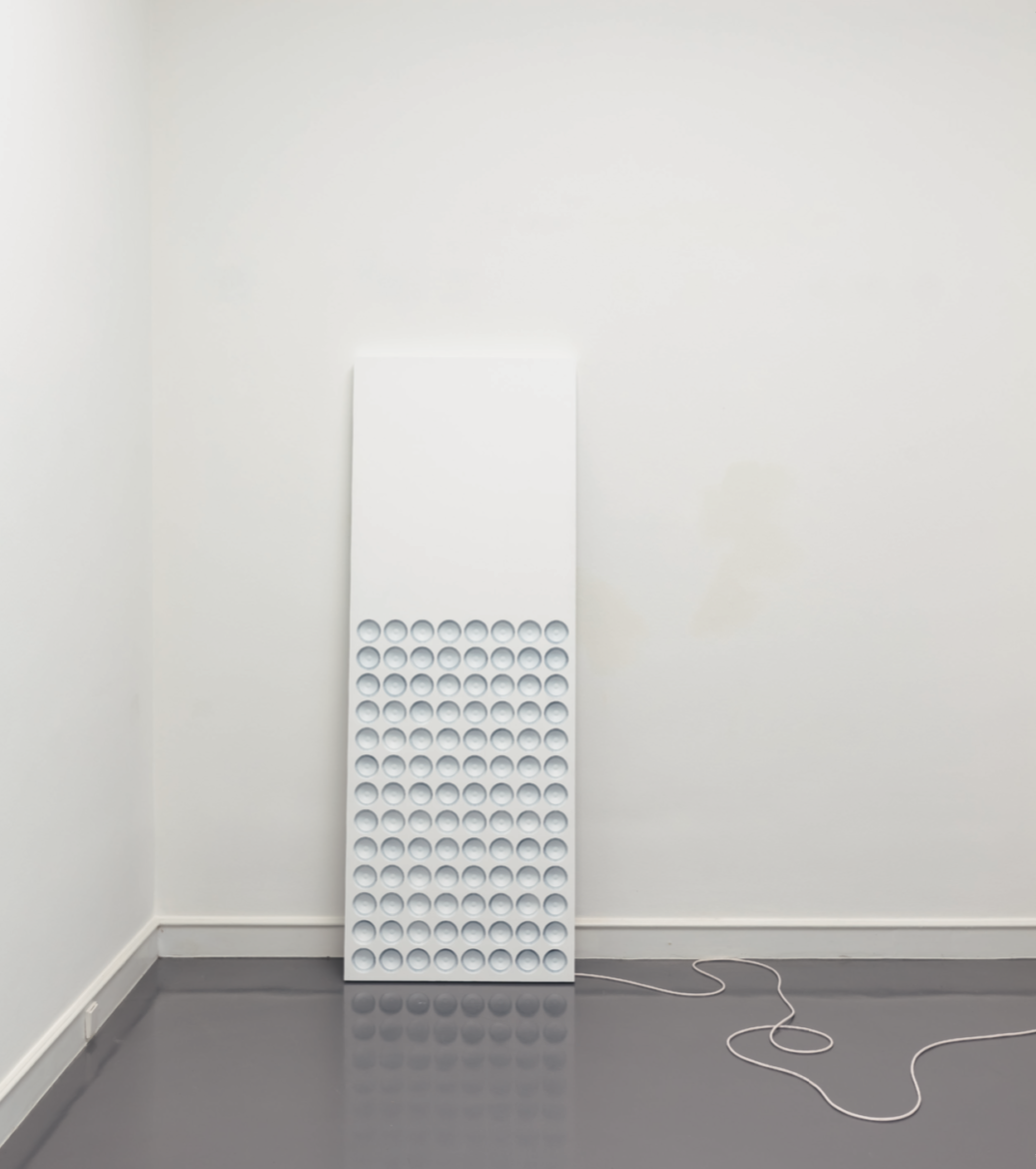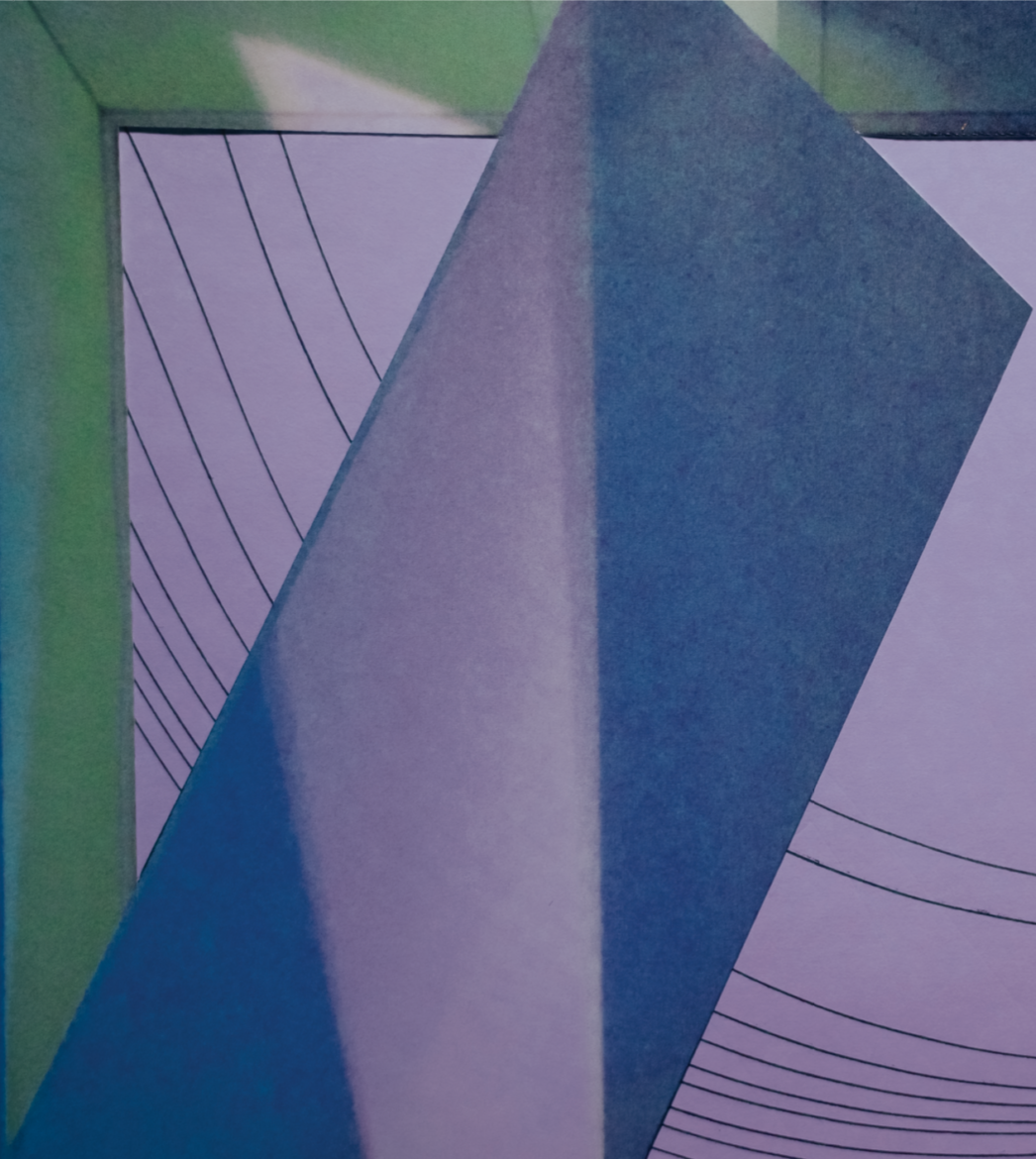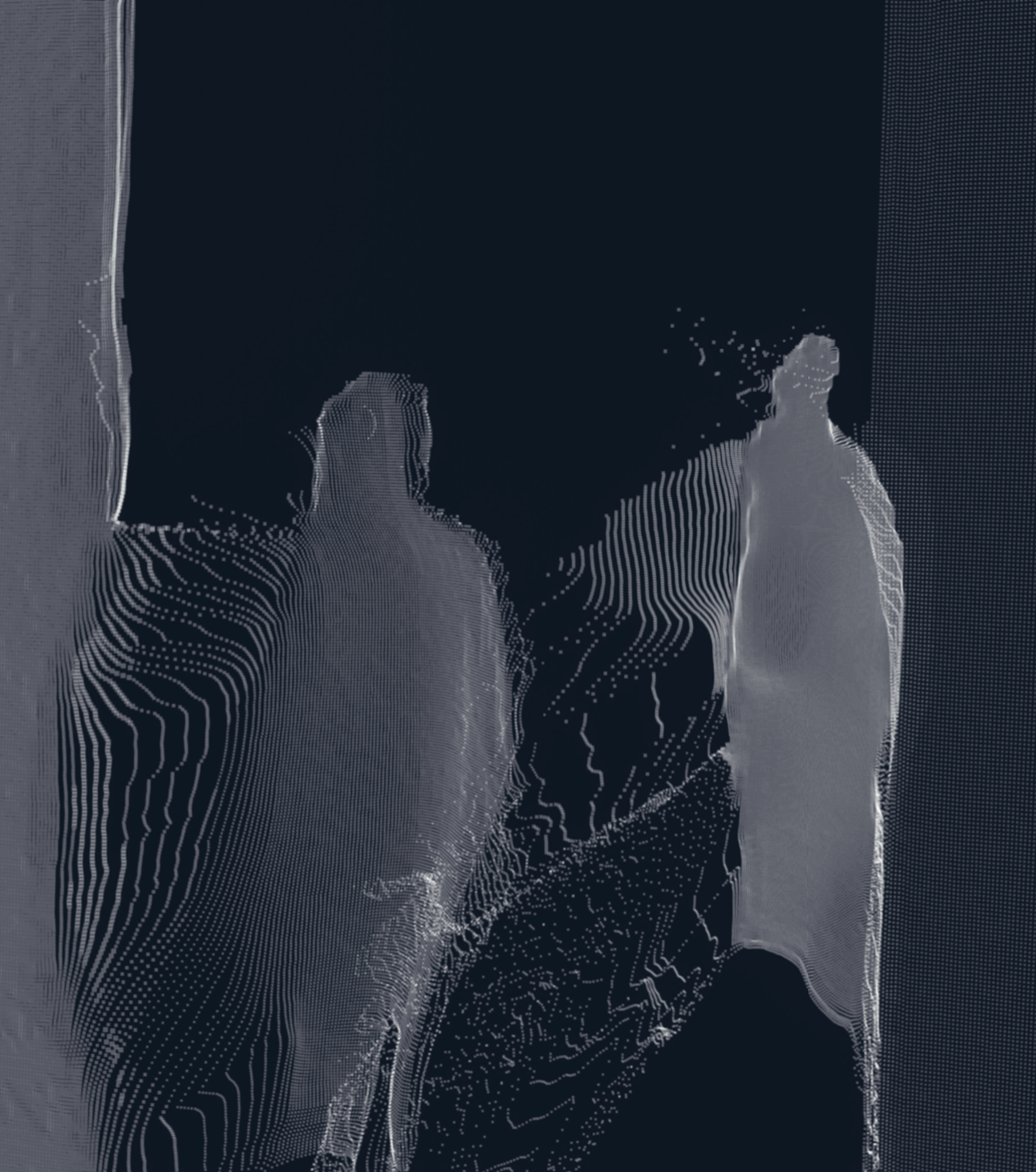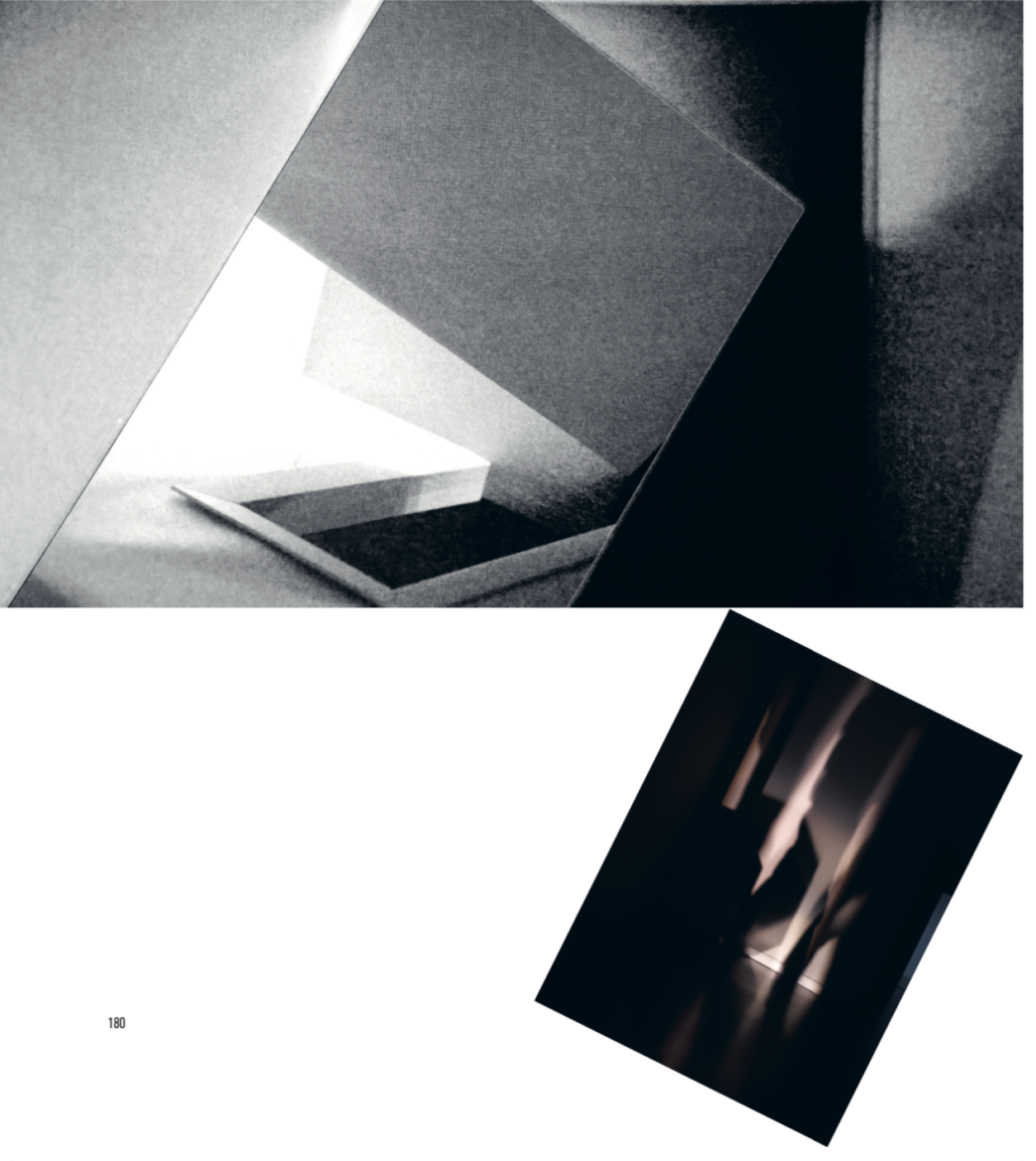Edited by: Çağla İlk, Jan St. Werner Texts by: Michael Akstaller, Nikola Bojić, Louis Chude-Sokei, Damir Gamulin, Çağla İlk, Gascia Ouzounian, Patricia Reed, Jan St. Werner, Oswald Wiener Graphic Design: Rupert Smyth German, English 2023, 252 Pages, 60 Ills. Paperback with flaps 235mm x 210mm
ISBN: 978-3-7757-5576-4
How can one inhabit a sound? What perspectives open up through the encounter of space, resonance and perception? And how are participants changed in the process? With Space Synthesis, artist and composer Jan St. Werner, known as one half of the duo Mouse on Mars, designs a radically new understanding of sound and space. The interplay between the two becomes a method of exploring architecture and social contexts.
Space Synthesis is the catalog for Jan St. Werner’s first solo exhibition and, at the same time, the document of a practice that turns against seemingly fixed knowledge and explores the productive power of sound from multiple perspectives. Numerous contributions deepen the understanding of his artistic work.
Jan St. Werner’s (*1969, Nuremberg) sound works always refer to an exchange with the visual arts. Werner has realized sound interventions and exhibitions in the context of documenta 14 in Athens and Kassel, the Haus der Kulturen der Welt in Berlin, Lenbachhaus in Munich and at the 6th Ural Biennial. Werner has taught at the Nuremberg Academy of Fine Arts, the Massachusetts Institute of Technology (M.I.T.) in Boston, and the New York University Tisch School of the Arts in Berlin.
